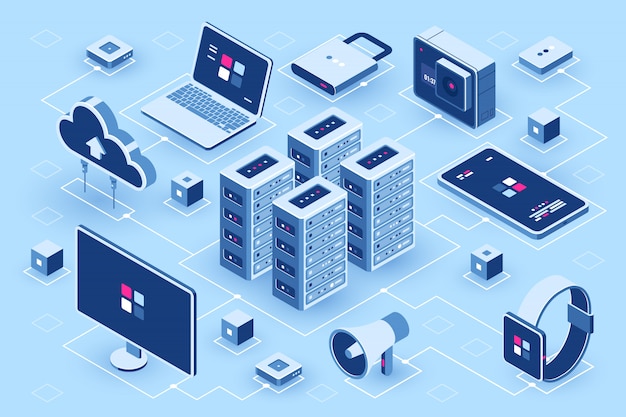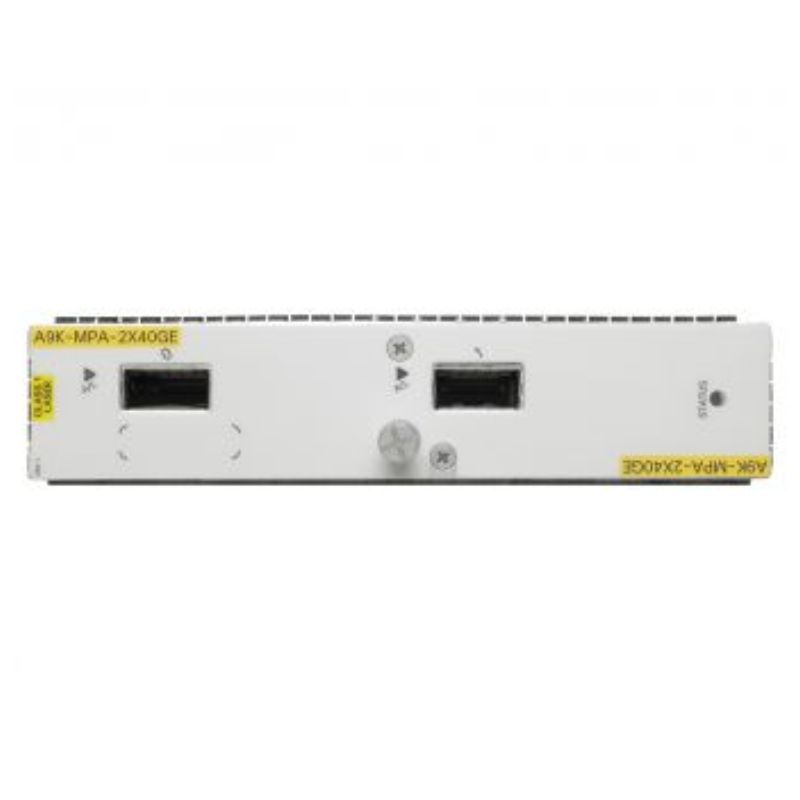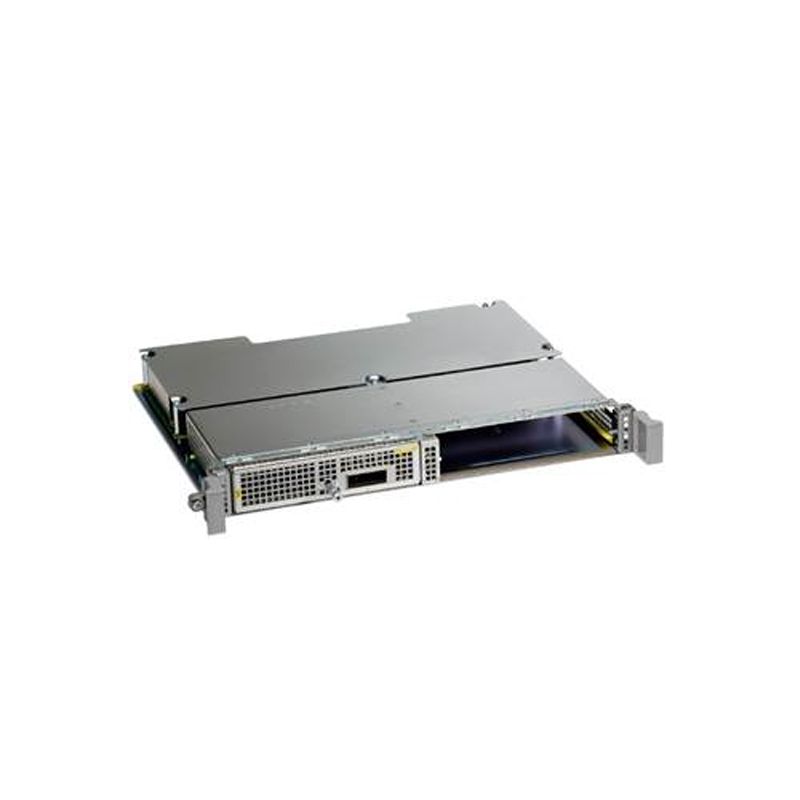In modern data centers, remote management of servers has become increasingly important. Enterprises need reliable and convenient ways to monitor and manage server hardware, operating status, and operating systems. iDRAC (Integrated Dell Remote Access Controller) and iLO (Integrated Lights-Out) are two widely used remote management tools, developed by Dell and Hewlett-Packard (HP), respectively. This article compares iDRAC and iLO, helping readers understand the key features, differences, and ideal use cases of these two solutions.

What are iDRAC and iLO?
iDRAC: iDRAC is a remote management controller for Dell servers that offers hardware management functions independent of the operating system. It allows administrators to access the server for maintenance, troubleshooting, and operating system installation even when the OS crashes or the server fails to boot.
iLO: iLO is HP’s remote management controller for servers, offering similar features to iDRAC, aimed at enabling full remote monitoring and management of servers over a network. iLO allows administrators to control server hardware directly, perform firmware upgrades, and execute remote reboots.
Core Feature Comparison
1. Remote Control and Monitoring
iDRAC: iDRAC provides comprehensive remote management capabilities, including remote console access, virtual media support, hardware monitoring (e.g., temperature, power, fans), and system log access. It also supports virtual CD/DVD functionality, allowing administrators to install OS images over the network.
iLO: iLO also provides powerful remote control features, including web-based consoles, KVM (keyboard, video, mouse) support, virtual media, hardware monitoring, and access to server logs. iLO supports remote reboot and allows administrators to update firmware remotely.
2. Hardware Monitoring and Diagnostics
iDRAC: iDRAC offers detailed hardware status monitoring, such as CPU, memory, hard drives, and power supply status. It also integrates lifecycle management tools to provide hardware diagnostic reports, helping administrators quickly pinpoint issues in the event of hardware failure.
iLO: iLO similarly provides hardware monitoring, including monitoring of CPU, memory, hard drives, fans, temperature, and voltage. iLO also offers failure detection and diagnostic reports and provides failure analysis through system logs.
3. Virtual Media Support
iDRAC: iDRAC provides strong virtual media support, allowing administrators to load OS installation images or disk images over the network. This means administrators can install an operating system even if the host OS is not yet booted.
iLO: iLO also supports virtual media functionality, enabling administrators to load ISO files for OS installation or recovery.
4. Security
iDRAC: iDRAC offers multiple security measures, including SSL encryption, user access control, IP blacklisting, and remote login logging to secure management sessions.
iLO: iLO also supports SSL encryption, LDAP integration, user authentication, and IP restrictions. Different versions of iLO (e.g., iLO 4, iLO 5) provide layered security protections to ensure data and session security.
5. Lifecycle Management
iDRAC: iDRAC includes lifecycle control features that help automate firmware updates, system checks, and hardware management, reducing the need for manual intervention by administrators.
iLO: iLO offers HP’s iLO Management Engine (IME) technology for hardware updates, firmware management, and system health checks. It also integrates with HP’s OneView and Insight Manager for more efficient lifecycle management.
Performance Comparison
Although both iDRAC and iLO offer similar features, there are some differences in performance:
iDRAC: Dell’s iDRAC is generally considered to perform better in large-scale data center environments, especially when managing multiple servers remotely. iDRAC supports higher bandwidth and faster response times, making it suitable for large deployments.
iLO: HP’s iLO performs excellently as well, especially in smaller-scale environments. iLO tends to be more intuitive and user-friendly, making it ideal for medium-sized enterprises.
Version and Licensing Differences
Both iDRAC and iLO come in various versions, catering to different server models and functional needs. Here’s a comparison of common versions:
iDRAC Versions: Dell offers different levels of iDRAC versions, including iDRAC Express and iDRAC Enterprise. iDRAC Express provides basic remote management features, while iDRAC Enterprise adds advanced capabilities, such as KVM, virtual media, enhanced security, and more.
iLO Versions: HP also offers several iLO versions, including iLO Standard, iLO Advanced, and iLO Advanced for BladeSystem. iLO Standard provides basic remote management, while iLO Advanced offers features like KVM, virtual media, and scripting support.
Pricing Comparison
Pricing for both iDRAC and iLO follows a licensing model, with higher-end versions requiring additional fees.
iDRAC Enterprise is usually more expensive, but it provides more advanced features.
iLO Advanced offers similar functionality to iDRAC Enterprise but may vary in price depending on the region and vendor.
Use Cases
iDRAC: iDRAC is better suited for large data centers that require centralized management of numerous Dell servers. It excels when there is a need for unified monitoring and management of many systems.
iLO: iLO is ideal for medium-sized enterprises or environments using HP servers. It provides enough remote management functionality for most users and is highly intuitive, making it an excellent choice for smaller operations.
Conclusion
Both iDRAC and iLO are powerful remote management tools that significantly improve IT operations. Dell’s iDRAC is better suited for environments that need high-performance management, particularly large data centers. On the other hand, HP’s iLO is ideal for medium-sized businesses and those with HP servers, offering intuitive interfaces and rich remote management features. The choice between iDRAC and iLO ultimately depends on the brand of servers, the complexity of the IT infrastructure, and the budget available. Both solutions greatly enhance the efficiency and reliability of IT operations.

























